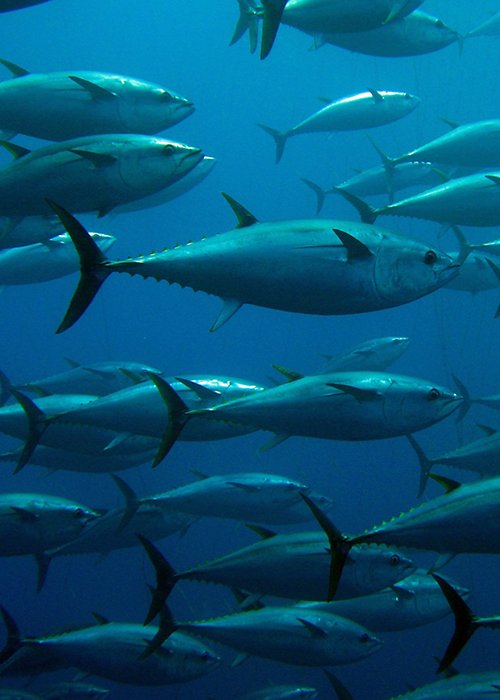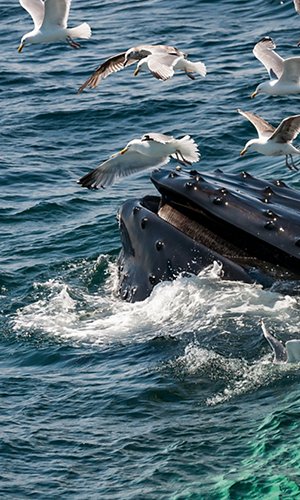2 May marks World Tuna Day, proclaimed by the 2016 United Nations General Assembly Resolution, which invites all Member States, organisations of the United Nations system, other international and regional organisations and civil society, including non-governmental organisations, to celebrate the value of tuna resources for food security and nutrition, economic development, employment, government revenue, livelihoods, culture and recreation, and to recognise the importance of sustainably managing stocks in achieving the 2030 Agenda for Sustainable Development.
World Tuna Day was therefore created to raise awareness and educate the public. Some figures speak for themselves: Italy is Europe’s second largest producer of canned tuna, after Spain. The scale of tuna fishing continues to grow and, to date, more than 80 states engage in tuna fishing. According to data from 2020 ANCIT (National Association of Fish and Tuna Processors), Italian national production stands at 74,000 tonnes, while tuna consumption has reached153,250 tonnes, equal to about 2.5 kg per capita.
The tuna processing industry as we know it today developed around the mid-1950s, but it was in the late 1970s and early 1980s that demand for canned tuna increased significantly. This has led to an expansion of the tuna fishing, processing and canning sector and over the years the need to protect the product and production has increased.
And on World Tuna Day, how can each of us contribute to sustainability? First and foremost, it is essential to learn how to read the labels of the canned tuna that we find on supermarket shelves: a simple act that makes a lot of difference. Not all tins come from sustainable fisheries. Our choices, therefore, have a real and practical impact on the world around us: to ensure that tuna continues to be on our tables, we need a sustainable industry that cares about both the marine ecosystem and the work of the entire sector.
Let’s get to know tuna
Tunas are fish belonging to the mackerel family, with streamlined bodies, which are dark blue on their backs and silvery white on their bellies, and they can grow to 2-3 metres in length and 600 kg in weight. In the course of their life, they migrate thousands of kilometres along the coasts of the various oceans. Omnivorous, they feed mainly on small fish and reproduce once a year.
Tunas live mainly in the oceanic waters between the two tropics, in shoals. Over 60% of tunas caught annually come from the Pacific Ocean. There are two species most commonly found, and together they provide 90% of the raw material for the world’s canning industry:
- the skipjack or stripe-bellied bonito (Euthynnus katsuwonus pelamis). This is the most heavily fished species (over 50% of all tuna) and the most widely used in the world for the production of canned tuna. Their name comes from the longitudinal stripes on their ventral side;
- yellowfin tuna (Thunnus albacares). This is the species most widely used in the Italian industry due to its organoleptic qualities. The name comes from the bright yellow colour of its fins.
Tuna has been called the ‘sea pig’ because, like pigs, almost nothing is thrown away and processing waste is minimal.



